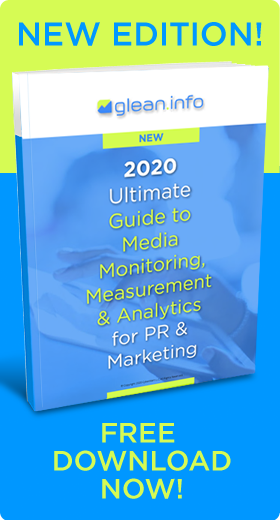
Photo credit: mychroniclesofadigital.blogspot.com
A wide gulf exists between how PR leaders grade themselves and how their employees view them. Leaders rate their performance, trust, work engagement, job satisfaction and organizational culture significantly higher than their employees do.
While leaders often rate their performance differently than how their followers do, the size of the gap reported in the Plank Center for Leadership in Public Relations Report Card is substantial. Leaders gave themselves an A- in job performance, while employees gave them a C+.
The gap doesn’t necessarily mean leaders are ineffective, said Bruce Berger, professor emeritus, University of Alabama and research director of the Plank Center. “Employees may be upset about other issues in their lives, or unhappy with a recent assignment or work review,” he said. “But closing the gap is nevertheless important because leaders influence all other issues in our study.”
PR management received high marks for ethical orientation and involvement in strategic decision-making, but earned lower marks for their vision, relationship-building skills and team leadership capabilities.
Interestingly, PR leaders actually received higher scores from employees than management personnel in most other business functions.
Mind the Gap
To reduce the perception gap and improve engagement at work, Berger recommends that leaders increase power sharing, strengthen two-way communications, and enhance interpersonal skills to improve team work.
“Employee engagement is both a key outcome and a powerful driver,” Berger said. “Engaged employees are productive workers and positive influencers and role models.”
The 39-question survey completed by 838 professionals also revealed that feelings regarding trust in the organization, engagement, job satisfaction and company culture vary by gender, rank and organizational type.
Women tend to perceive work culture, power sharing and two-way communications differently than men. Women seek more involvement in strategic decision-making, want their opinions to count for more, and advocate for a more open communication system and climate. High-level executives tend to be more satisfied and engaged. Professionals at agencies rated most topics more favorably than those at other types of organizations, perhaps because engagement levels are often higher in smaller work teams.
Better than the Rest Overall
Despite the differences in perception, PR employees are more engaged at work and view their leaders more positively than employees in other business functions.
Only about 30% of employees in U.S. workplaces are engaged in their work and workplaces, a figure that has barely moved in the last 15 years, according to Gallup. Only 35% of U.S. managers are engaged in their workplace, and just 18 percent had “high talent” for leadership skills, including the ability to encourage accountability in the workplace, motivate workers and build relationships with them.
About half of employees have left a job “to get away from a manager.” Poor managers also cost the U.S. economy between $319 billion and $398 billion annually, according to Gallup. Employees who are supervised by highly engaged managers are 59% more likely to be engaged than those who are supervised by disengaged managers. That translates into higher productivity, lower turnover, better-quality work, and higher profitability.
As effective as PR leaders may be, there’s always room for improvement.
Bottom Line: PR leaders view themselves much more favorably than their employees perceive them. To improve how employees feel about their company leaders and their jobs, it’s essential for leaders to address power sharing and communications at their workplaces.
William J. Comcowich founded and served as CEO of CyberAlert LLC, the predecessor of Glean.info. He is currently serving as Interim CEO and member of the Board of Directors. Glean.info provides customized media monitoring, media measurement and analytics solutions across all types of traditional and social media.




